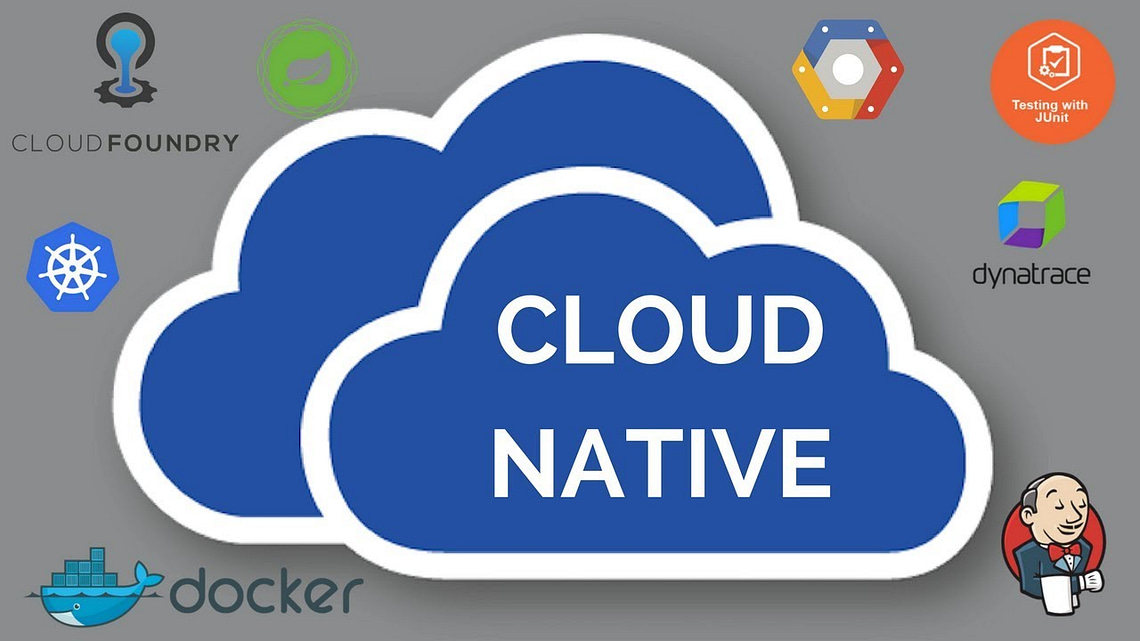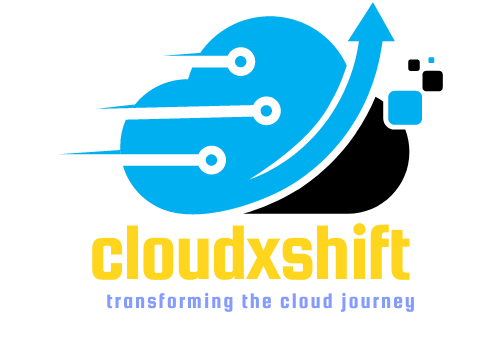
Cloud Native Applications and Microservices
Introduction:
Cloud native applications and microservices are gaining popularity in the software development world due to their ability to provide faster time to market, improved scalability, and reduced costs. In this article, we will explore the key characteristics of cloud native applications and microservices, their advantages, and the technologies and best practices for building them.
I. Definition of Cloud Native Applications and Microservices
Cloud native applications refer to applications that are designed to run natively in the cloud, taking advantage of the cloud’s dynamic nature and scalability. Microservices, on the other hand, are a software architectural style that structures an application as a collection of loosely coupled services, each with a specific business capability. By breaking down an application into small, independently deployable services, microservices architecture enables faster development and deployment, easier management, and improved scalability.
II. Characteristics of Cloud Native Applications
-
- Scalability: Cloud native applications are designed to scale horizontally, by adding more instances of the same service, rather than vertically, by adding more resources to a single instance.
- Resilience: Cloud native applications are designed to be fault-tolerant, with the ability to recover quickly from failures and continue operating without interruption.
- Agility: Cloud native applications are designed to be agile, with the ability to quickly adapt to changing business requirements and customer needs.
- Portability: Cloud native applications are designed to be portable, with the ability to run on any cloud platform or infrastructure, without modification.
Observability: Cloud native applications are designed to be observable, with the ability to monitor and debug application performance, availability, and security in real-time.
III. Advantages of Microservices Architecture
In addition to the characteristics of cloud native applications, microservices architecture offers a range of benefits that make it an attractive option for organizations.
-
-
- Improved Scalability
-
Microservices architecture allows for modular, independent services that can be scaled independently based on demand. This means that if one service is experiencing high traffic, it can be scaled up without affecting other services. This improves the overall scalability and performance of the application.
-
-
- Better Resilience
-
Microservices architecture enables better resilience as services can be designed to handle failures and recover quickly. In case of a failure, only the affected service needs to be restored, which reduces the overall impact of the failure on the application.
-
-
- Faster Time to Market
-
Microservices architecture allows for faster development and deployment of new features as services can be developed and deployed independently. This means that new features can be delivered to users faster, improving the time to market for the application.
-
-
- Reduced Costs
-
Microservices architecture can help reduce costs as services can be developed and deployed independently, allowing for better resource utilization. It also enables the use of smaller development teams for each service, reducing overhead costs.
-
-
- Easier Deployment and Management
-
Microservices architecture makes deployment and management of applications easier as services can be deployed independently. This reduces the risk of failure during deployment and allows for easier management of the application over time.
IV. Key Technologies for Building Cloud Native Applications and Microservices
Building cloud native applications and microservices requires a range of technologies that work together to provide the necessary infrastructure and capabilities. Some of the key technologies used in building these applications include:
-
-
- Containers and Container Orchestration Tools
-
Containers provide a lightweight and efficient way to package and deploy applications. Container orchestration tools such as Kubernetes and Docker Swarm enable the management and scaling of containers across a cluster of servers.
-
-
- Service Mesh
-
Service mesh is a layer of infrastructure that provides a way to manage and monitor communication between microservices. Service mesh tools such as Istio and Linkerd enable features such as traffic management, load balancing, and service discovery.
-
-
- API Gateway
-
API gateway provides a way to manage and expose APIs for microservices. API gateway tools such as Kong and Apigee enable features such as authentication, rate limiting, and caching.
-
-
- Service Registry and Discovery
-
Service registry and discovery tools such as Consul and etcd provide a way to keep track of microservices and their locations. This enables services to discover and communicate with each other.
V. Best Practices for Building Cloud Native Applications and Microservices
Building cloud native applications and microservices requires a set of best practices that can help ensure success. Some of the best practices for building these applications include:
-
-
- Decentralization and Autonomous Teams
-
Microservices architecture requires decentralization and autonomous teams to allow for independent development and deployment of services. Teams should be responsible for their own services and have the freedom to choose the technologies and tools they use.
-
-
- Continuous Integration and Continuous Delivery (CI/CD)
-
Continuous integration and continuous delivery (CI/CD) is a set of practices that enable rapid development and deployment of applications. This involves automating the build, test, and deployment processes to ensure that changes are deployed quickly and reliably.
-
-
- Event-Driven Architecture
-
Event-driven architecture allows microservices to communicate asynchronously through events. This enables services to be decoupled and reduces the risk of failure due to dependencies.
-
-
- Service Monitoring and Observability
-
Service monitoring and observability are critical for ensuring the health and performance of microservices. This involves collecting and analyzing metrics and logs to identify issues and improve the overall performance of the application.
VI. Challenges in Adopting Cloud Native Applications and Microservices
Adopting cloud native applications and microservices comes with its own set of challenges. Some of the major challenges include:Organizational and Cultural Challenges: Adopting cloud native applications and microservices requires a significant cultural shift in the organization. Teams need to work collaboratively and be open to new ways of working. This may require changes in the organizational structure, with the formation of cross-functional teams.
Technical Challenges: One of the biggest challenges in adopting cloud native applications and microservices is selecting the right technology stack. There are several technologies available in the market, and choosing the right ones for the organization can be a daunting task. Additionally, organizations need to ensure that the technology stack is scalable, resilient, and secure.
Operational Challenges: The operational challenges in adopting cloud native applications and microservices are primarily related to the deployment and management of the applications. The traditional approach to application deployment and management may not work in a cloud-native environment. Organizations need to adopt new tools and processes to manage the applications effectively.
VII. Case Studies of Cloud Native Applications and Microservices
Several organizations have successfully adopted cloud native applications and microservices to improve their operations and drive innovation. Here are some of the most notable case studies:
1.Netflix: Netflix is a great example of an organization that has successfully adopted cloud native applications and microservices. The company has built a highly scalable and resilient architecture that enables it to handle millions of requests per second. Netflix’s microservices architecture is based on several open-source technologies, including Apache Cassandra, Apache Kafka, and Apache Curator.
2.Airbnb: Airbnb is another organization that has embraced cloud native applications and microservices. The company has built a highly scalable and resilient infrastructure that can handle large volumes of traffic. Airbnb’s microservices architecture is based on several technologies, including Docker, Kubernetes, and AWS Lambda.
3.Uber: Uber has also adopted cloud native applications and microservices to drive innovation and improve its operations. The company’s microservices architecture is based on several technologies, including Docker, Kubernetes, and Apache Kafka. Uber’s architecture enables it to handle millions of ride requests every day.
4.Spotify: Spotify is another organization that has embraced cloud native applications and microservices. The company’s microservices architecture is based on several technologies, including Docker, Kubernetes, and Apache Cassandra. Spotify’s architecture enables it to handle millions of requests per second and provide a seamless experience to its users.
VIII. Conclusion
Cloud native applications and microservices have revolutionized the way organizations build and deploy applications. They offer several advantages over traditional monolithic applications, including improved scalability, better resilience, faster time to market, reduced costs, and easier deployment and management. However, adopting cloud native applications and microservices comes with its own set of challenges. Organizations need to select the right technology stack, adopt new tools and processes, and be open to a cultural shift. By following best practices and learning from successful case studies, organizations can successfully adopt cloud native applications and microservices and reap their benefits.
Further Readings
6 Cost Reduction Strategies for Enterprise IT
The Risks and Challenges of Cloud Migration
AWS IAM Policies: Best Practices





